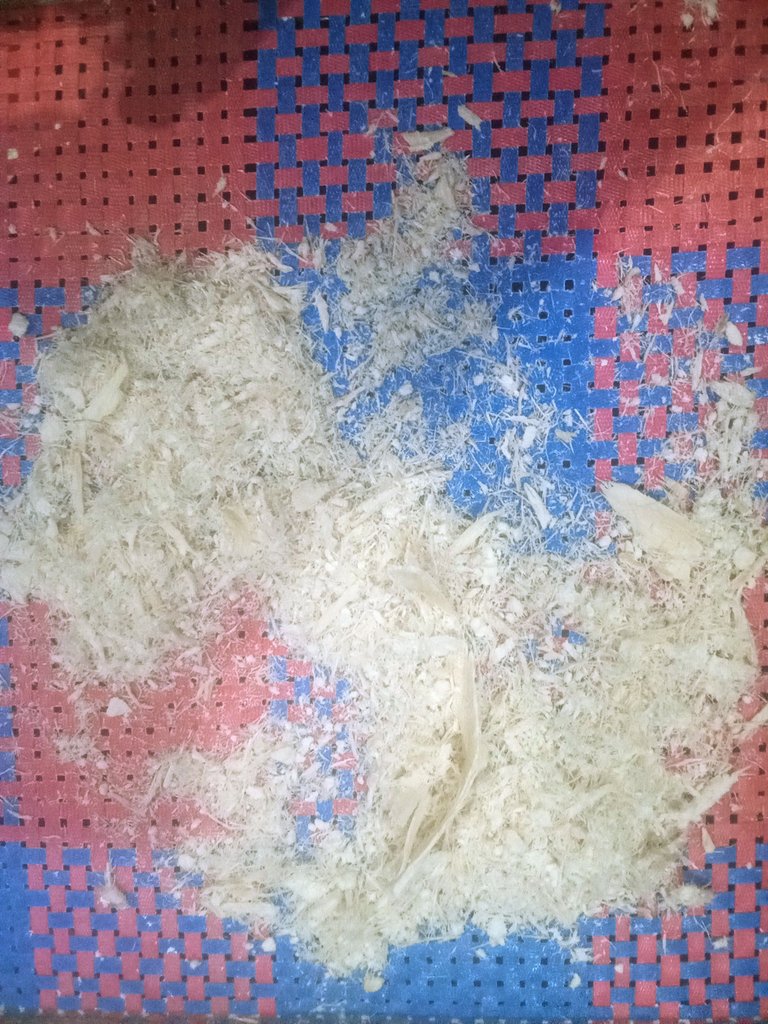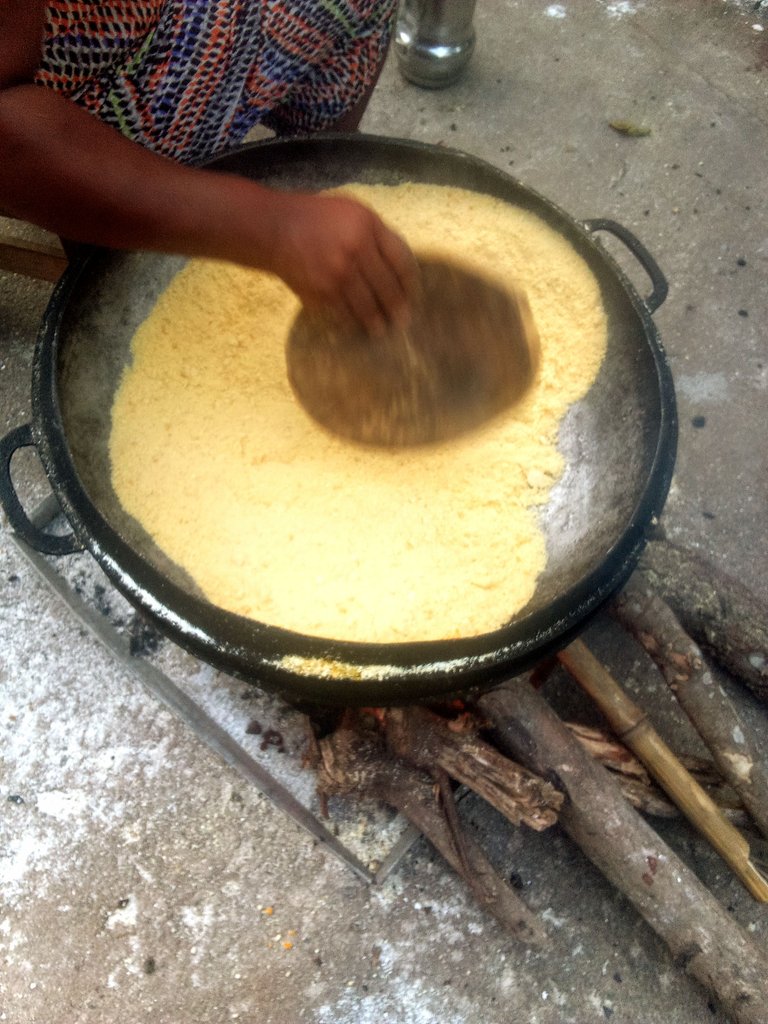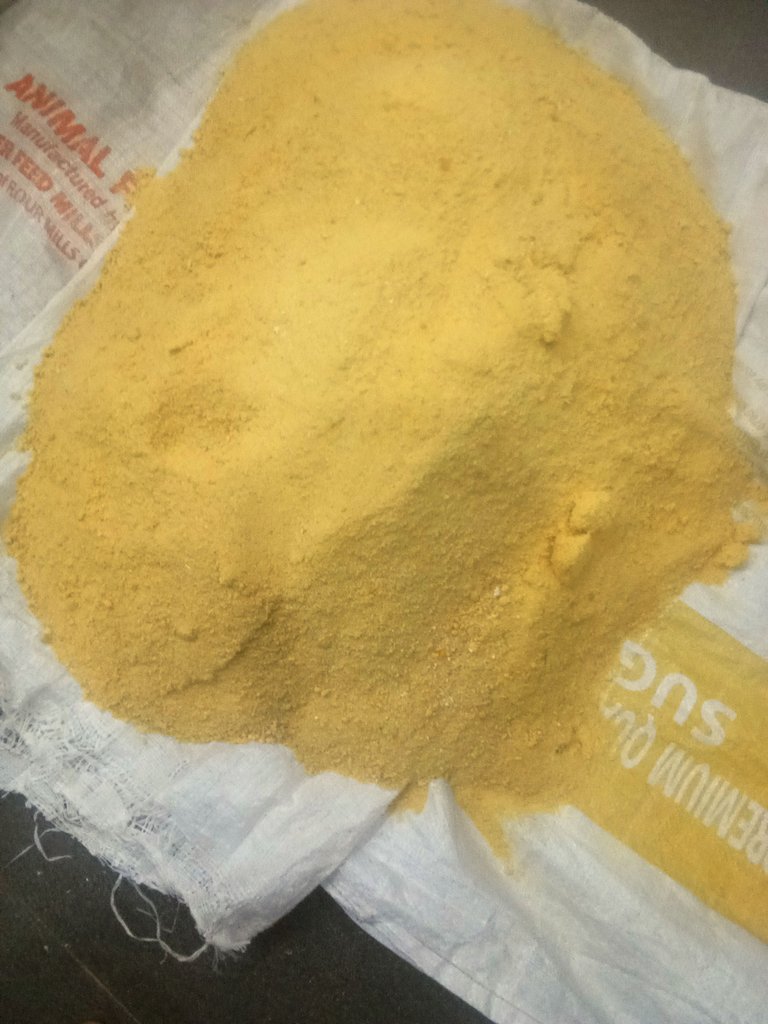The Step by Step Process Of Turning Cassava Into Garri
At the beginning, I was unable to get the picture of all the processes involved in making garri because most of the work was done at night. However, I was present and able to observe how cassava is carefully turned into garri—a popular food in many African homes. This traditional method is commonly practiced in West African countries like Nigeria, Ghana, and Sierra Leone. Garri is made from cassava, a root crop that grows well in African soil. It is a daily meal for many people and can be eaten soaked in water or prepared as eba and served with soup. Making garri involves several steps, including harvesting, peeling, grating, fermenting, sieving, frying, and packaging.
The first step is harvesting the cassava roots from the farm. The roots must be mature, usually after 6 to 12 months of planting. Once harvested, the cassava is peeled to remove the brown skin, leaving only the white flesh. This is done by hand using a knife. After peeling, the cassava is washed thoroughly to remove any dirt and sand.
After washing, the cassava is grated into a soft, mashed form. Grating can be done using a hand grater or a grating machine, which helps break it down into smaller pieces. In many African communities, this task is often done by women, and sometimes it is done together as a group activity. Once the cassava is grated, it is packed into sacks and pressed using a heavy object like a stone or a mechanical press to remove the water.
The grated cassava is then left to ferment for about two to five days. Fermentation helps to reduce harmful substances in the cassava and gives garri its unique sour taste. After fermentation, the soft mash is sieved to remove any remaining fibers and rough particles. This step ensures that the garri has a smooth and even texture.


Next, the sieved cassava mash is fried, also called roasting. It is poured into a large frying pan placed over a fire. It must be stirred constantly with a wooden stick to prevent it from burning. Some people choose to add palm oil while frying to make yellow garri, while others leave it plain to make white garri. The frying process dries the cassava and turns it into crispy, small grains.

After frying, the garri is allowed to cool completely. Cooling is important to prevent moisture from getting in, which can make the garri spoil. Once cooled, the garri is packed into bags or containers and stored in a dry place. It can then be sold in the market or eaten at home.

In conclusion, even though I couldn’t take pictures of every step, I learned that making garri is a careful and skillful process. It is a big part of African life and culture. Many families depend on it for food and income. Garri remains one of the most trusted and enjoyed meals in Africa because it is easy to prepare, store, and eat.
Welldone 👍